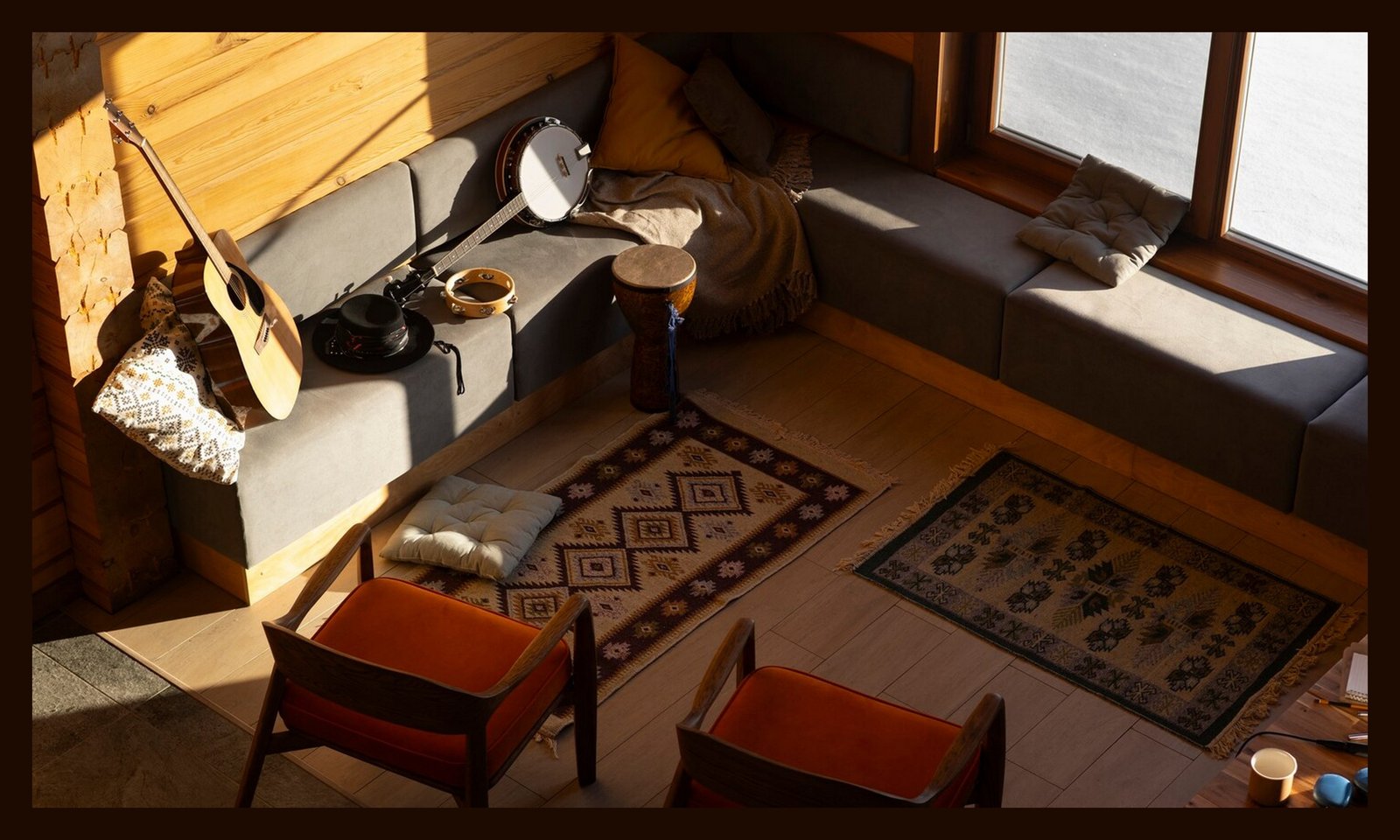How to Arrange a Vintage Furniture Layout in a Small Space
Introduction
Arranging vintage furniture in a small space can feel like a puzzle, but with the right strategy, you can create a cozy, stylish, and functional environment. Whether you're a collector of antique treasures or simply love the charm of vintage décor, making the most of limited space requires careful planning.
In this guide, we’ll explore creative ways to arrange vintage furniture while ensuring your space remains open, inviting, and practical.
Table of Contents
Assess Your Space and Furniture
Choose the Right Vintage Pieces for Small Spaces
Optimize Layout for Functionality and Aesthetics
Utilize Vertical Space and Smart Storage Solutions
Create Flow and Balance in Your Design
Use Light and Color to Enhance the Space
Pro Tips for Styling Vintage Furniture in Small Areas
Common Mistakes to Avoid
Conclusion
1. Assess Your Space and Furniture
Before moving any furniture, take a step back and assess your room. Measure your space and take note of existing features like windows, doors, and built-in storage. Understanding these elements will help you determine the best layout.
Tips for Assessment:
Measure Your Room: Take accurate measurements of walls, alcoves, and any architectural details.
List Your Vintage Pieces: Identify which furniture items you plan to use and their dimensions.
Consider the Functionality: Decide how the space will be used—living room, bedroom, dining area, etc.
2. Choose the Right Vintage Pieces for Small Spaces
Not all vintage furniture is ideal for compact living. Look for pieces that provide functionality without overwhelming the space.
Best Vintage Pieces for Small Spaces:
Drop-leaf tables: Perfect for dining or working, as they can be folded when not in use.
Slender-legged furniture: Mid-century modern styles often feature tapered legs, making the space feel open.
Stackable or nesting furniture: Ideal for flexibility and saving space.
Wall-mounted shelving: A great way to incorporate storage without taking up floor space.
3. Optimize Layout for Functionality and Aesthetics
Creating a vintage-inspired small space requires a balance between beauty and practicality. The right furniture arrangement can make your room feel spacious and welcoming.
Furniture Layout Ideas:
Floating Furniture: Instead of pushing everything against the walls, try placing key pieces slightly away from them to create depth.
Zoning the Space: Define separate areas (e.g., reading nook, seating area) using rugs or furniture placement.
Multi-functional Layouts: Use furniture that serves multiple purposes, like a vintage trunk as a coffee table and storage.
4. Utilize Vertical Space and Smart Storage Solutions
In small spaces, thinking vertically is key. Many vintage items, such as ladder shelves and armoires, can help with storage without cluttering the floor.
Storage Ideas:
Use tall vintage bookshelves for extra storage without taking up much floor space.
Hang vintage mirrors to reflect light and make the room feel bigger.
Utilize under-bed storage with vintage wooden crates or woven baskets.
5. Create Flow and Balance in Your Design
A well-balanced layout ensures that your space doesn’t feel cramped.
How to Achieve Balance:
Mix large and small furniture: Avoid clustering heavy pieces together.
Allow for walking space: Keep pathways open to avoid a congested feel.
Use symmetry: Matching lamps, chairs, or side tables can create harmony.
6. Use Light and Color to Enhance the Space
Vintage furniture often comes in dark woods and rich tones, which can make a small space feel even smaller. Using the right lighting and colors can make a big difference.
Lighting and Color Tips:
Opt for light-colored walls to brighten the space.
Use vintage sconces or pendant lighting to save floor space.
Incorporate reflective surfaces like glass or metallic finishes to bounce light around.
7. Pro Tips for Styling Vintage Furniture in Small Areas
✔ Mix Textures: Combine wood, glass, and metal to add depth without clutter.
✔ Use Foldable Pieces: Vintage drop-leaf tables and foldable chairs are great for small apartments.
✔ Layer Rugs: A well-placed vintage rug can define areas without adding bulk.
✔ Decorate with Intention: Avoid overcrowding the space with too many small decorative items.
8. Common Mistakes to Avoid
Overcrowding: Too much furniture makes the space feel smaller.
Ignoring Scale: Oversized vintage pieces can dominate a small room.
Blocking Natural Light: Placing bulky furniture in front of windows makes the room feel closed off.
Lack of Contrast: Using only dark vintage furniture can make the space feel heavy—balance it with lighter elements.
Conclusion
Arranging vintage furniture in a small space is all about maximizing functionality while maintaining a timeless aesthetic. By selecting the right pieces, optimizing your layout, and utilizing storage solutions, you can create a charming and practical vintage-inspired home.
Final Tip: Experiment with different layouts before settling on one—sometimes, a simple rearrangement can make all the difference!
Would you like help finding specific vintage furniture recommendations for your space? Let me know!







